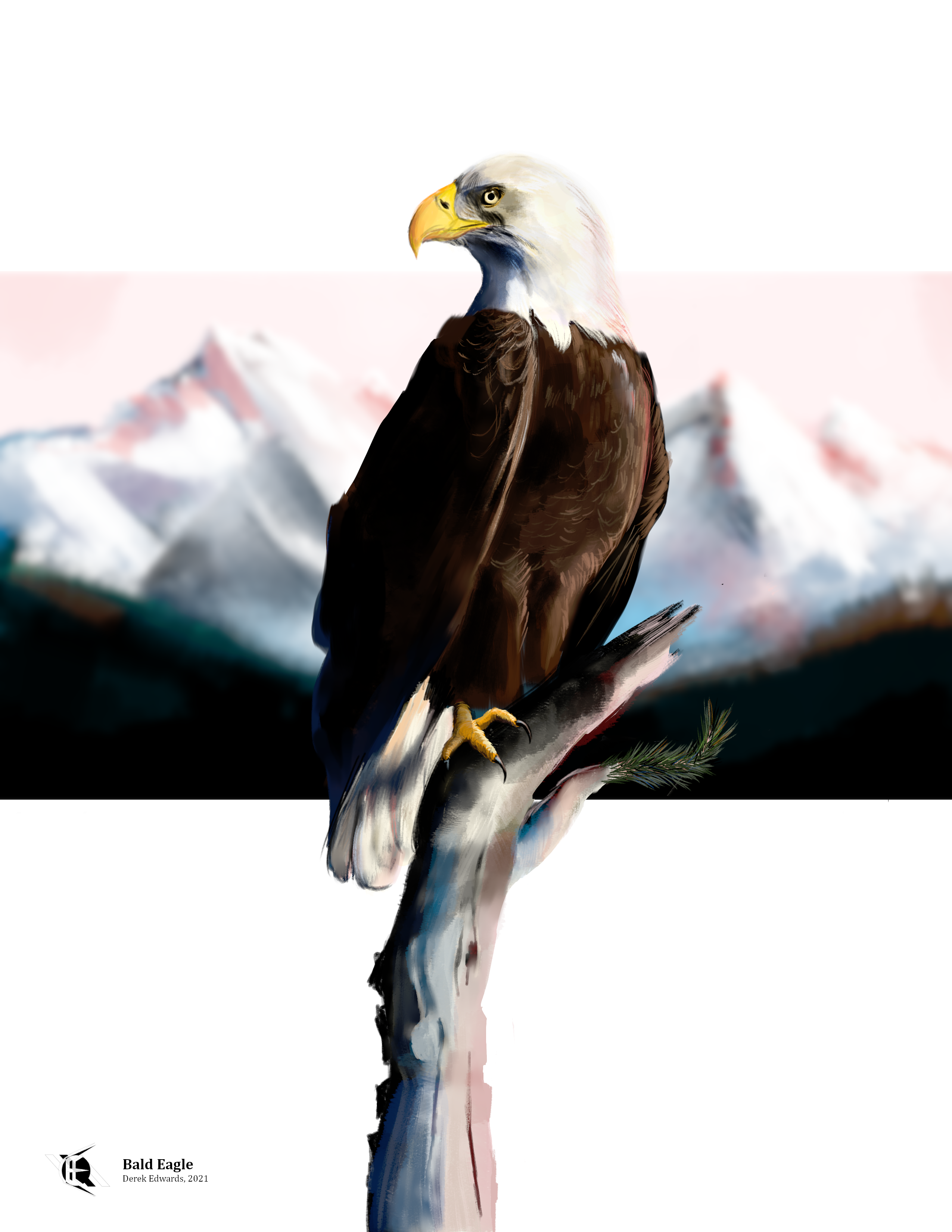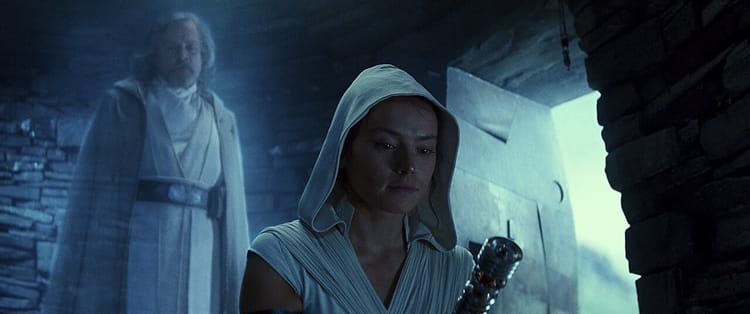
Running Commentary 7/4/2022
Hello,
Last week, there was no edition of A Running Commentary. I apologize for that; a couple different things came up, and I wasn’t able to get it put fully together before Friday, and by that point it just made sense to skip the week altogether. Things are mostly sorted out on my end now.
Anyway...
Watching...
Obi-Wan Kenobi
The sixth part of this six-part limited series was released on June 22nd (again, sorry for the delay). I’ll have a full review of the show out soon, but, for now, here are my notes on the finale:

- We did have a return to Tatooine and an appearance by a Force ghost in this episode. Beyond that, this episode shared Return of the Jedi’s use of twin, disconnected plots.
- This series ended on its best episode, which every show tries to do, but few actually do.
- The duel between Vader and Kenobi was the best lightsaber work we’ve seen since Revenge of the Sith. I think MacGregor and Christensen’s training under Nic Gillard is still paying dividends.
- The final scenes with Luke meeting Obi-Wan were a little cheesy for my taste, but whatever.
- Overall I really enjoyed this show. The one thing I found weird about it was the lack of the usual Star Wars coolness for most of the show. But this series exceeded my expectations in most other aspects.

Doctor Strange in the Multiverse of Madness
This film made it to Disney+, finally, so I finally saw it. I quite liked the first *Doctor Strange,* and I really liked WandaVision, which this movie is also a sequel to. So how was this film? It was certainly a sequence of creative, well-executed fantasy action scenes. I’m not sure how much more it is than that. I’m not sure how much more that that it had to be.
The first Doctor Strange was a very character-driven film; you had the external threat of Dormammu, sure, but the main conflict was within Steven Strange, who started selfish and ended selfless. He doesn’t really change over the course of this movie. No one does. Wanda figures out that her evil plan was evil (which we saw done better in WandaVision, by the way) but she’s fundamentally the same person from start to finish. America Chavez comes to have more confidence in and control over her powers (done better in Captain Marvel) but she’s also fundamentally the same person from start to finish; only her situation has really changed. But this movie isn’t driven by character changes, it’s driven by the setpiece action scenes. Most of those are really good (although the first act is full of the sort of big-battle hand-beam claptrap Marvel usually saves for the end.)
I actually feel like the whole multiverse aspect was weirdly underutilized in this film. Yeah, our heroes visit other universes, but we only really see two of them for more than a few seconds. I would have though that, if they were going to have all the cameos, each cross-over character would be from their own universe. Jumping to a new universe every ten minutes or so would have kept this two-hour movie moving along a bit better.
Elizabeth Olsen was again really good as Wanda Maximoff; her scenes were the best in the film. Once again, I enjoyed that a Doctor Strange film had a resolution that wasn’t just the hero fighting the villain. I appreciate the creativity and work that went into a lot of the scenes. But I don’t think Doctor Strange in the Multiverse of Madness lived up to its predecessor. 6/10

Bird of the Week
(In honor of the 4th of July, please enjoy this re-run of our feature on the Bald Eagle, first run 7/5/2021)
This week, in honor of the Independence Day holiday, we have the Bald Eagle. This large, primarily pescatarian bird of prey is found throughout North America, from Alaska and Canada to northern Mexico. They can be found near large bodies of water in every U.S. state besides Hawaii. They nest in trees; indeed, their nests are the largest found in any tree anywhere in the world, one ton of branches woven into a bowl as wide as 8 feet, large enough for a person to sit in. With their dark chocolate plumage and their white heads and tails, bald eagles are unmistakable at sight. In his seminal field guide, ornithologist and illustrator Roger Tory Peterson described the eagle as "all field mark". The African fish eagle, another species in the same genus, is the only bird a mature bald eagle could be mistaken for, but the two's respective ranges do not overlap at all. However, juvenile bald eagles are all-brown and can be easily misidentified, either mistaken for a golden eagle or for some unknown species. Infamously, J.J. Audubon may well have used a juvenile eagle as the model for his "Bird of Washington", a dark, enormous bird featured in his Birds of America. Female eagles are notably larger than males.
The name "bald eagle" uses an older form of "bald", short for "piebald", meaning "two-toned". Their binomial is Haliaeetus leucocephalus, from the Greek for "white-headed sea eagle". In other languages, they are generally something translating to "white-headed eagle" or "American eagle".
The bald eagle is the national bird of the United States of America. Like much of the American founding, this is a classical reference. The Roman Republic used a golden eagle as an emblem, and the bald eagle was seen as the distinctly American equivalent. The bird appears in the U.S.'s official seal, on currency, and in branding for the United States Postal Service. Even many private entities use the bald eagle as a symbol. It has become a mascot not just for the American government, but for the American people. This might be because of Americans' famously hypertrophied sense of aesthetic patriotism, or it might be because eagles are just cool. At least, everyone but Benjamin Franklin thought so. In a letter decrying the establishment of an elitist club which also used the bald eagle as an emblem, Franklin said he thought the eagle was "A Bird of bad moral Character", saying the turkey was more respectable.
Despite their exalted status, bald eagles saw their numbers decline significantly during the 20th Century, due to a combination of habitat loss, hunting, and poisoning by pesticides. Their population in the United States dropped to below 1,000 breeding adults. Today, however, the bald eagle is seen as a major success story of conservation efforts. Killing an eagle is banned in the United States and Canada, with some exceptions made for traditional use by native peoples, who have similarly revered the birds since well before the U.S. founding.

Curation Links
Math and Modernity | David Guaspari, The New Atlantis
A review of Harry Flaumenhaft’s Insights & Manipulations, exploring the way Descartes’s analytical, numerical methods of performing geometry displaced and built upon the earlier proportional methods used by Euclid and Appolonius.
Fortune’s Child | Blaise Pascal, Lapham’s Quarterly
Writing in 1660, scientist and theologian Blaise Pascal makes the point that European nobility had no intrinsic claim to their wealth and power, even though the law, the people, and even God might allow them that wealth and power.
Love Song to Costco | Yuxi Lin, Longreads
An essay praising the wholesale grocery, written by the child of Chinese immigrants to America who were born into the last years of famine that accompanied the communist revolution. This is a nice, Yeltsin-at-the-supermarket reminder of American prosperity.
India World | Amit Gupta, Tor
[FICTION] “One day, Rohit receives the opportunity of a lifetime; a job offer in India with promises of fulfilling the sense of purpose he’s so desperately sought after in a country that seems to have forgotten him. Or so he thinks.”
See the full archive of curations on Notion






Member Commentary